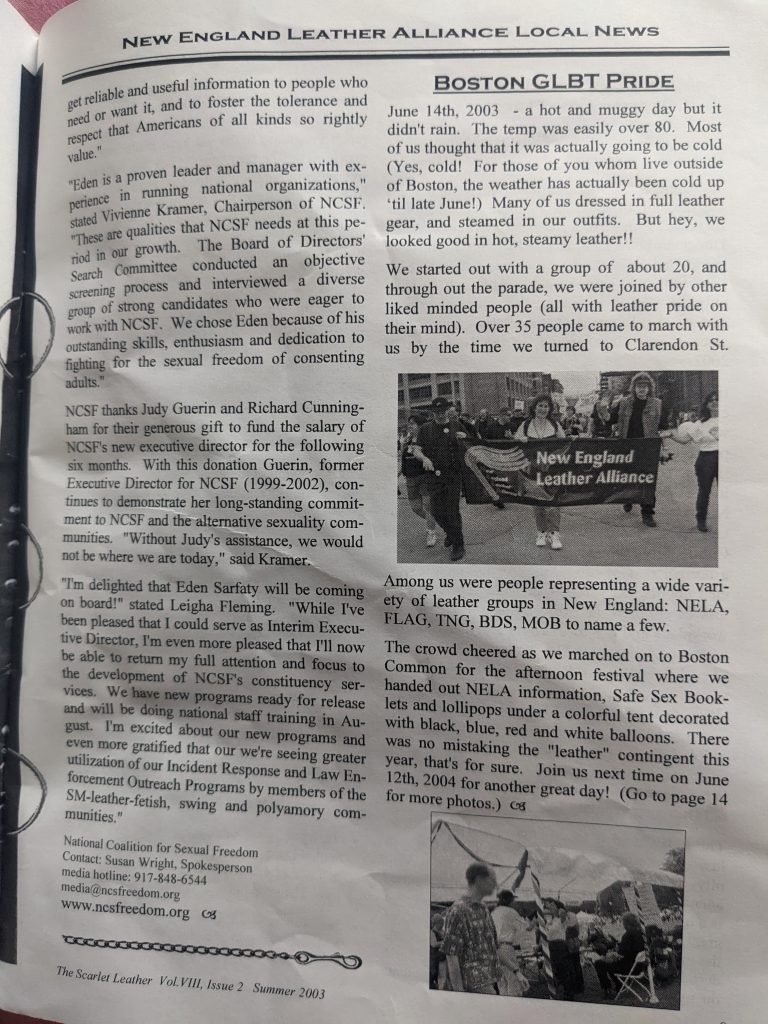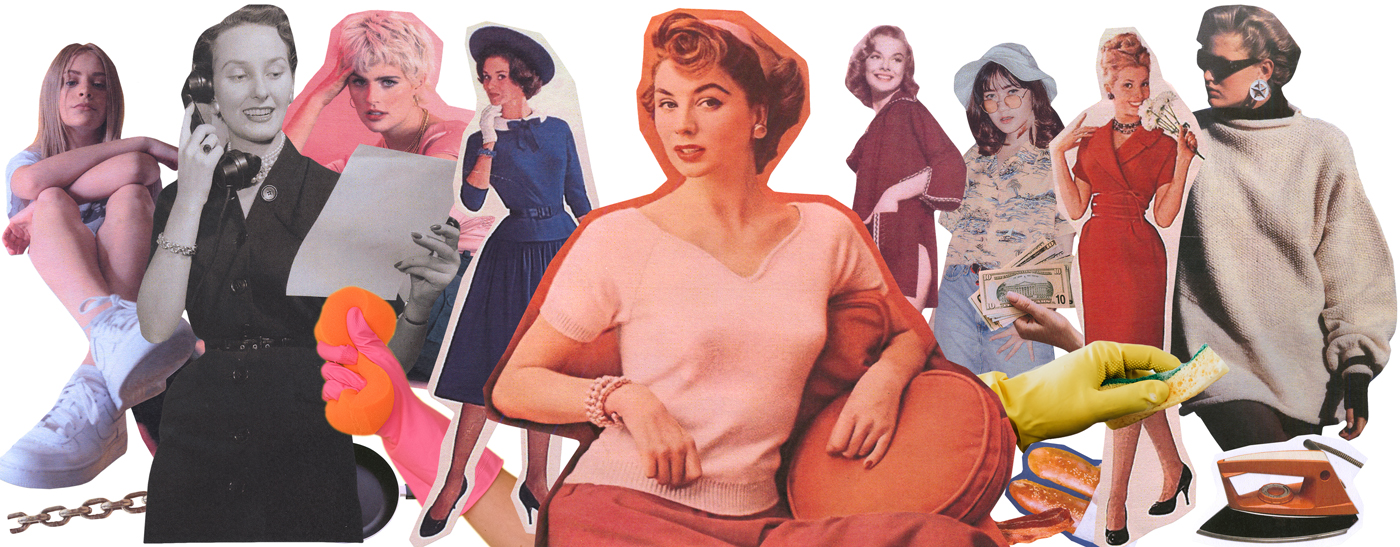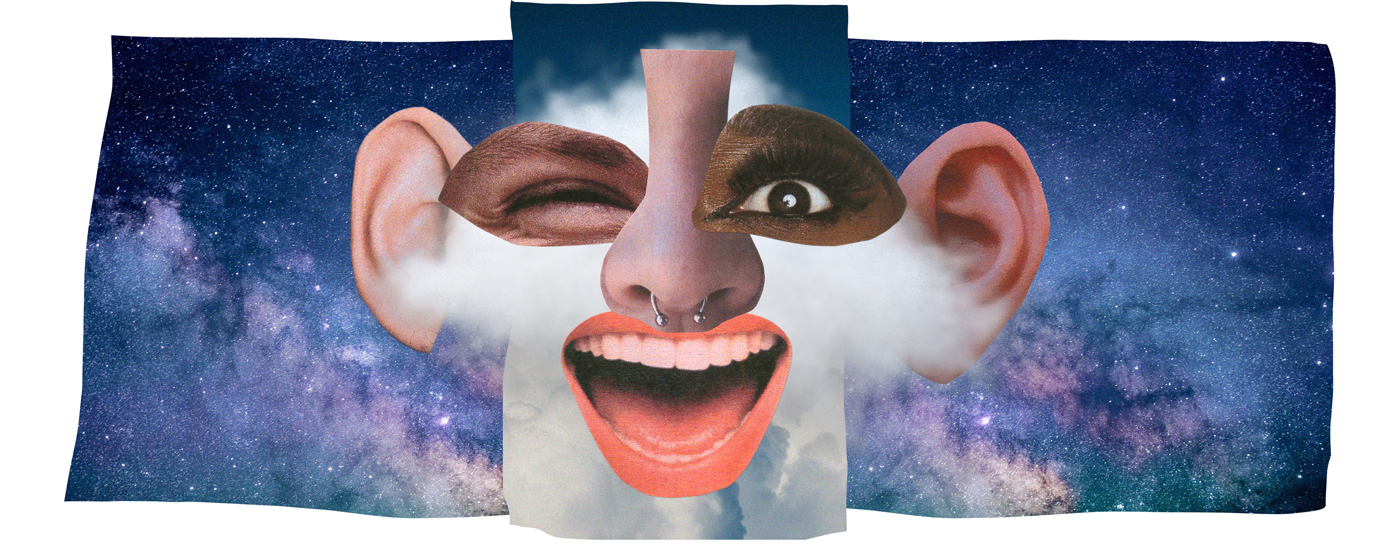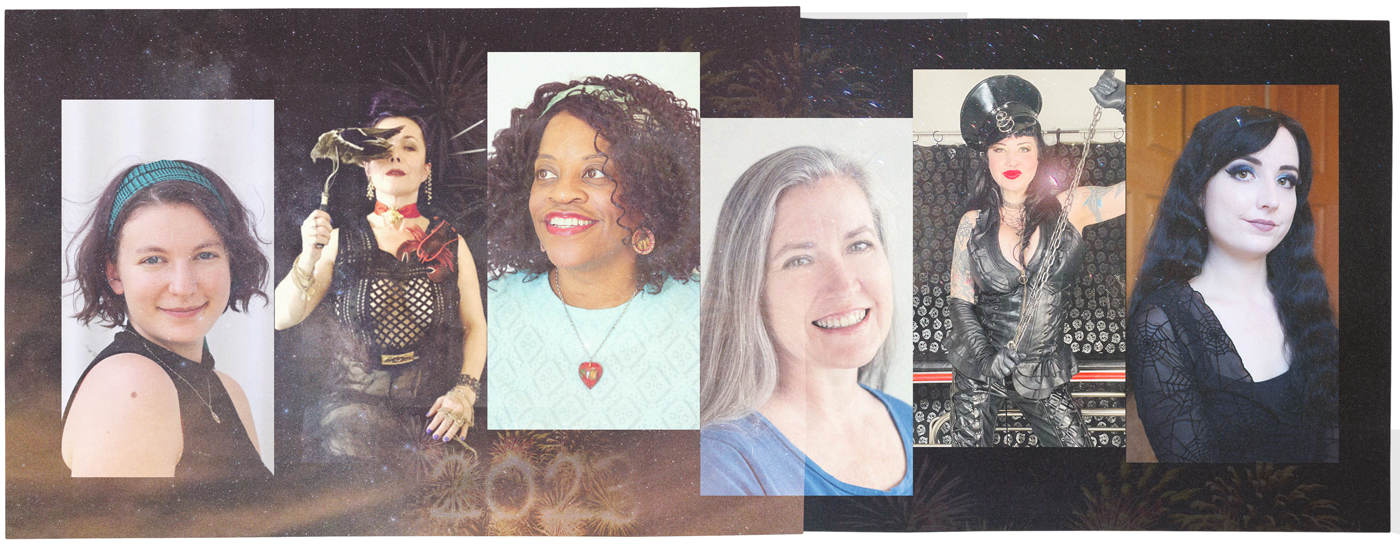
Our community shares over 14 types of foot fetishes to explore
Foot fetishes can manifest in various ways, and individuals with foot fetishes have a wide range of interests within that realm. These activities go far beyond the foot fetish-related tropes.










